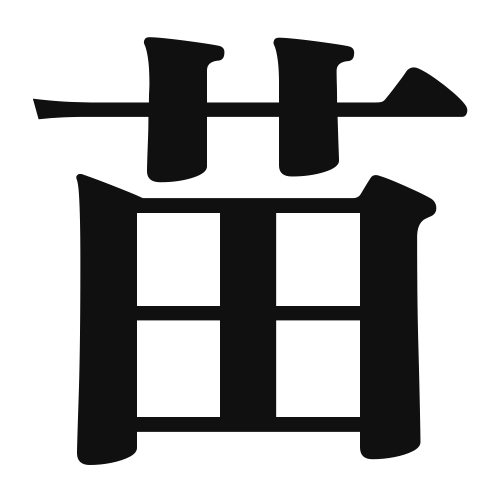1. Overview of Meaning
The kanji “苗” (pronounced “nao” in Japanese) means “seedling” or “young plant.” It represents the early stage of a plant’s life, symbolizing growth and potential.
2. Formation and Radical
Formation of the Kanji: The kanji “苗” is a phonetic-ideographic character (形声文字). It combines the meaning of a young plant with phonetic elements to convey its pronunciation.
Radical: The radical for “苗” is “禾” (he), which relates to plants and grains, indicating its connection to agriculture and nature.
3. Examples of Usage
Common Words and Phrases:
- 苗木 (naegi) – young tree
- 苗圃 (naibu) – nursery (for plants)
Example Sentences in Daily Conversation:
- 春になると、庭に苗を植えます。 (In spring, I plant seedlings in the garden.)
- この苗はすぐに大きくなりますよ。 (This seedling will grow quickly.)
4. Synonyms and Antonyms
Similar Kanji:
- 草 (kusa) – grass; refers to a broader category of plants.
- 花 (hana) – flower; specifically refers to the flowering part of a plant.
Antonyms:
- 枯れ木 (kareki) – dead tree; represents the opposite of a young, thriving plant.
5. Cultural and Historical Background
Connection to Japanese Culture: The concept of “苗” is deeply rooted in Japanese agriculture, where the cultivation of rice and other crops is essential. Seedlings are a symbol of hope and new beginnings.
Proverbs and Idioms:
- 「苗は育てるもの」 (Seedlings are to be nurtured) – emphasizes the importance of care and attention in growth.
